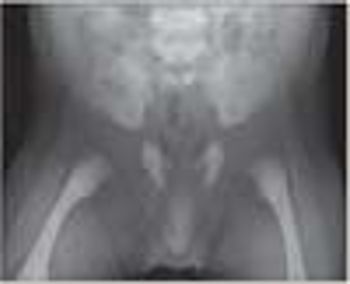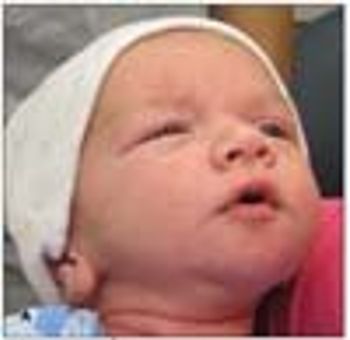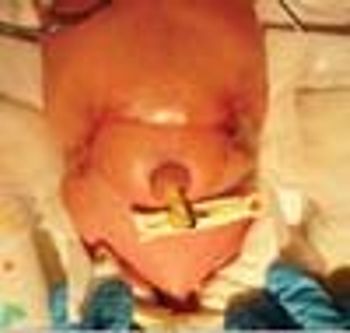
Children who participate in interactive video or electronic exercise games (exergames) get a workout that is comparable to or better than walking on a treadmill, according to a small study conducted at GoKids Boston, a youth fitness research and training center.



